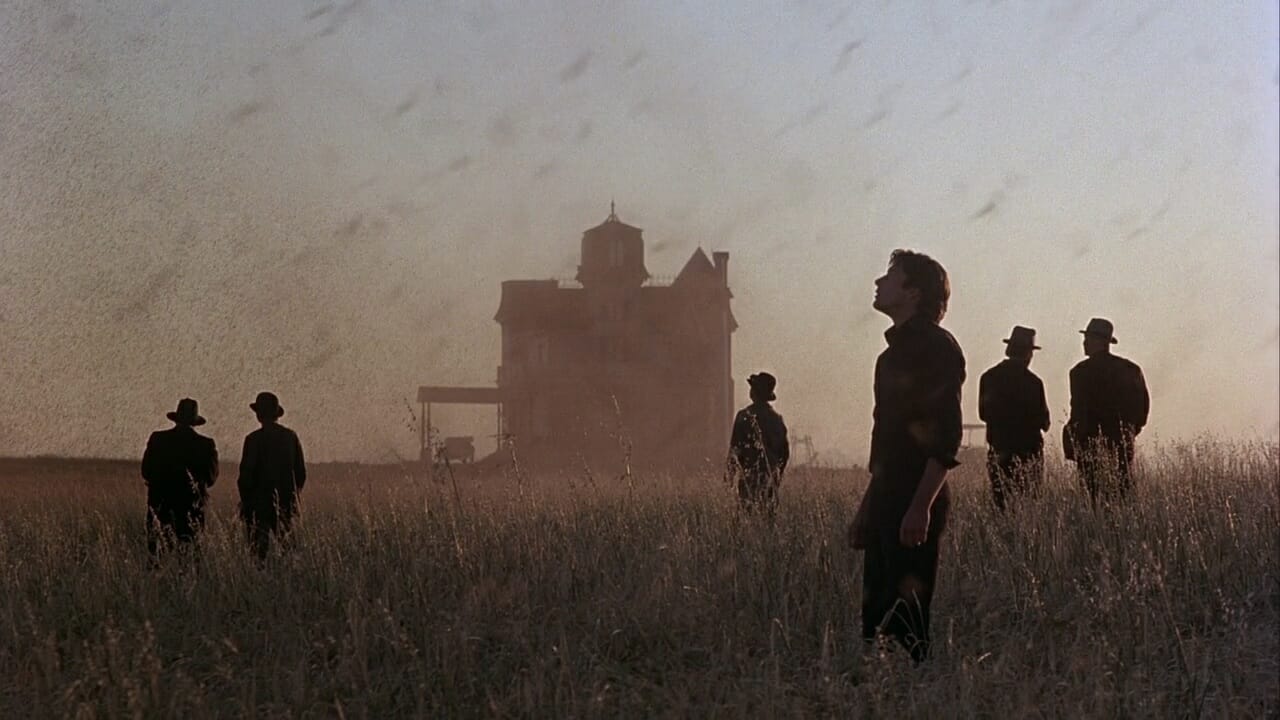-
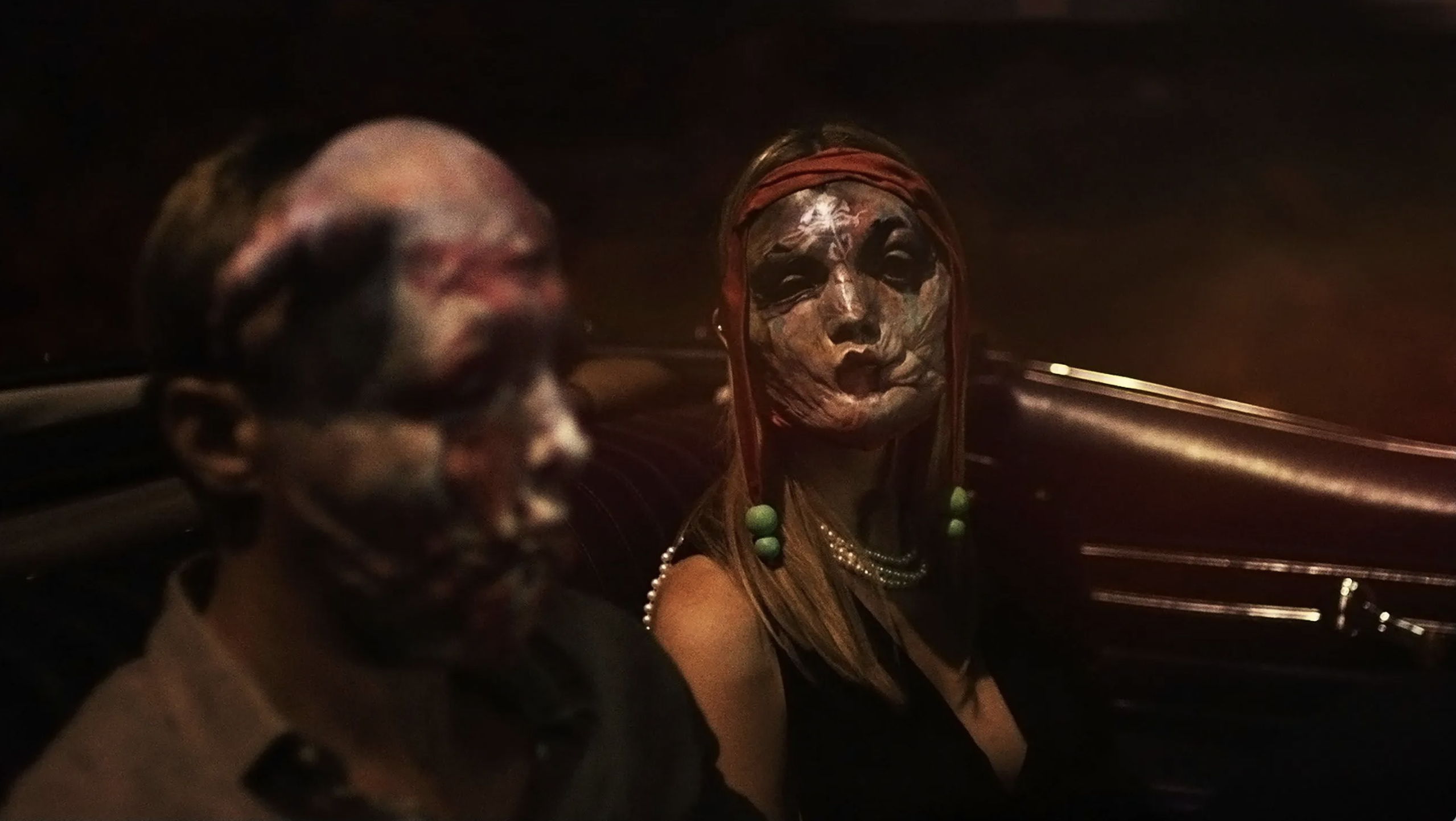
Infinity Pool (2023)
Brandon Cronenberg’s overarching metaphor in Infinity Pool may not be particularly subtle, but it is overwhelmingly visceral in its technicolour, cyberpunk nightmares, centring a cabal of reckless vacationers who psychologically dehumanise themselves through the masochistic torture of locals – and their own clones.
-
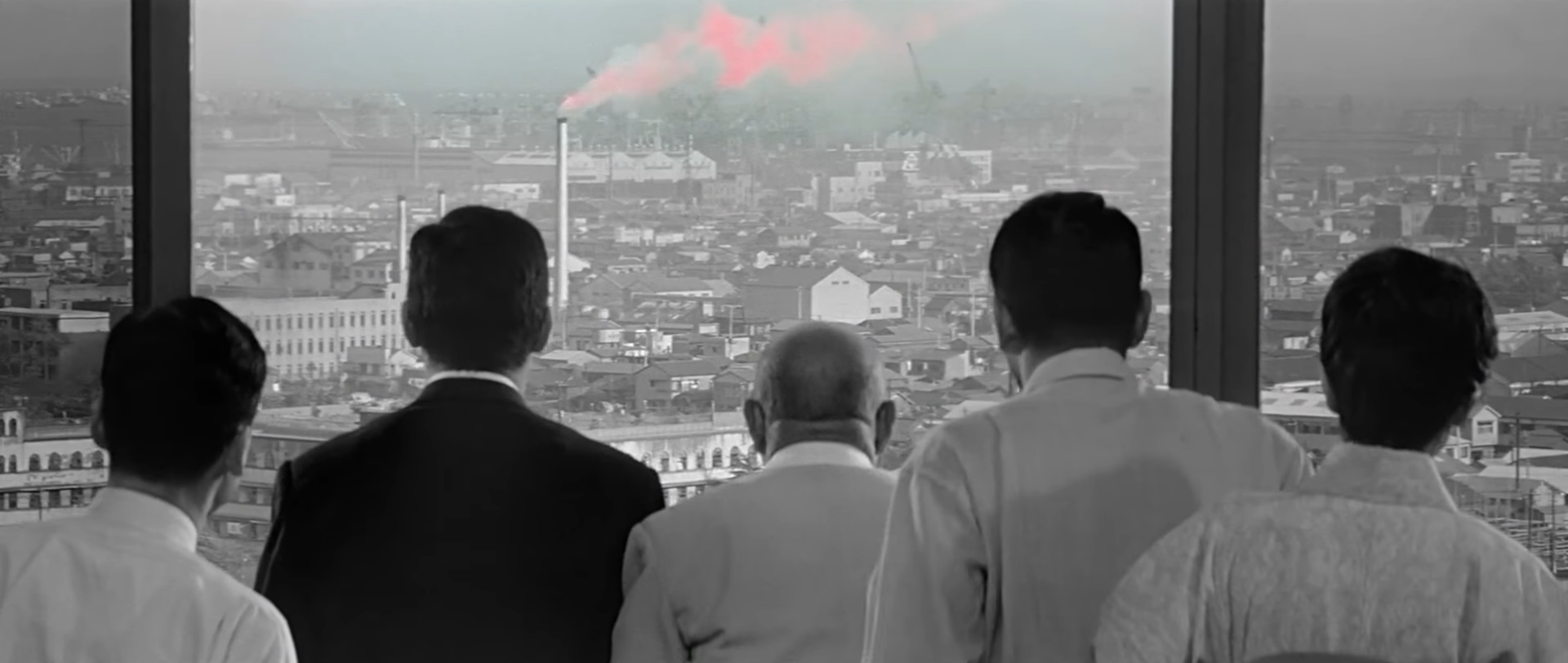
High and Low (1963)
Akira Kurosawa’s riveting narrative in High and Low may start small with an agonising moral dilemma, but by the end of its criminal hunt it feels as if we have touched every corner of a sprawling city wracked with class warfare, forcing the rich and poor into bitter games of twisted revenge which turn both…
-
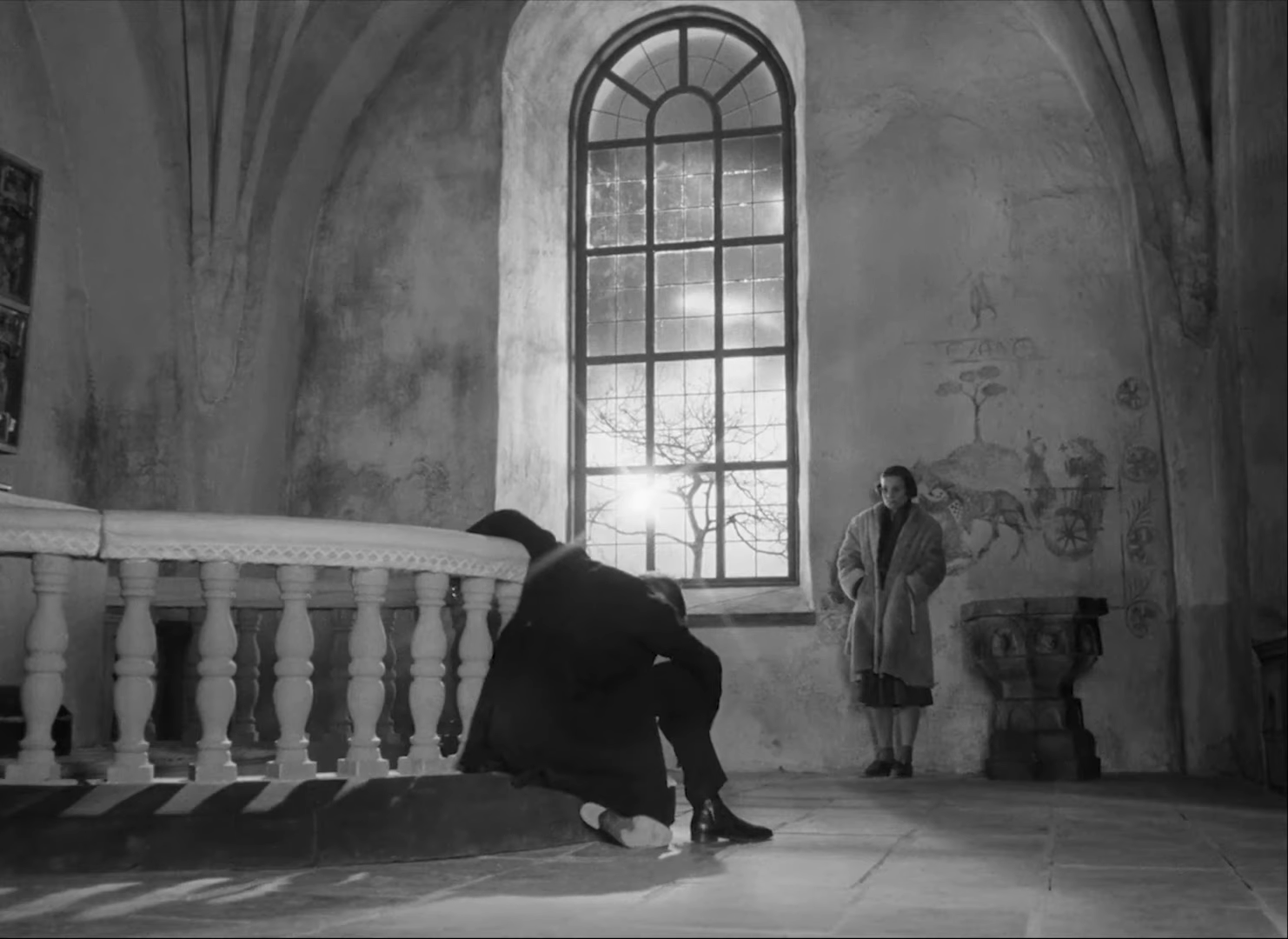
Winter Light (1963)
A pair of lonely masses bookends Winter Light’s spiritual crisis with a robust endurance of faith, focusing Ingmar Bergman’s intensive screenplay and severe direction upon a doubting priest bearing numerous similarities to a forsaken Christ, and uncovering a humanistic resilience which transcends religious boundaries.
-
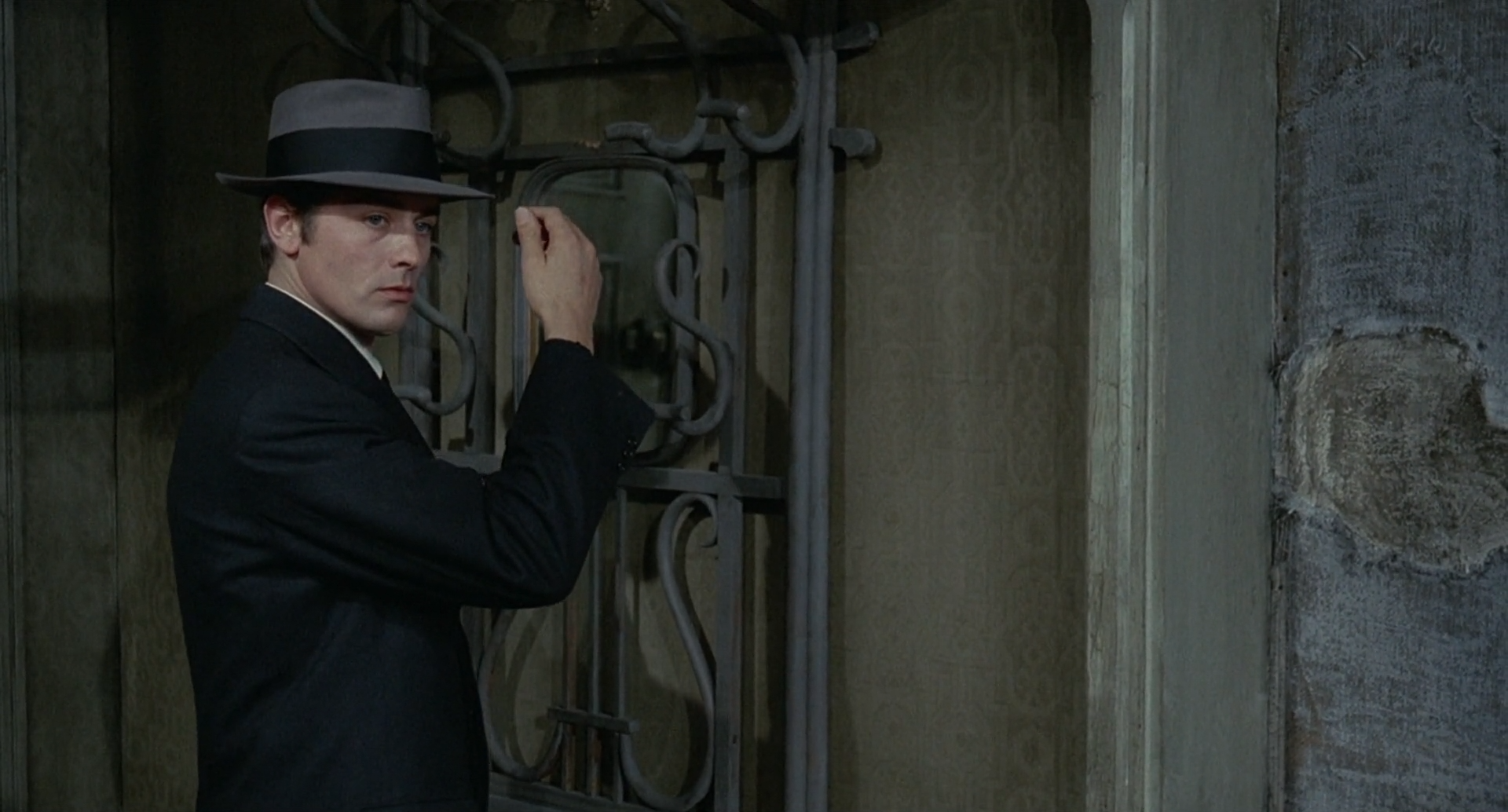
Le Samouraï (1967)
Jean-Pierre Melville’s character study of a lonely, dead-eyed hitman hunted by both sides of the law is one of exceptionally intensive focus, matching Jef’s pragmatic efficiency with an equivalently methodical narrative and austere visual style, and developing the Paris of Le Samourai into a city of crushing isolation.
-
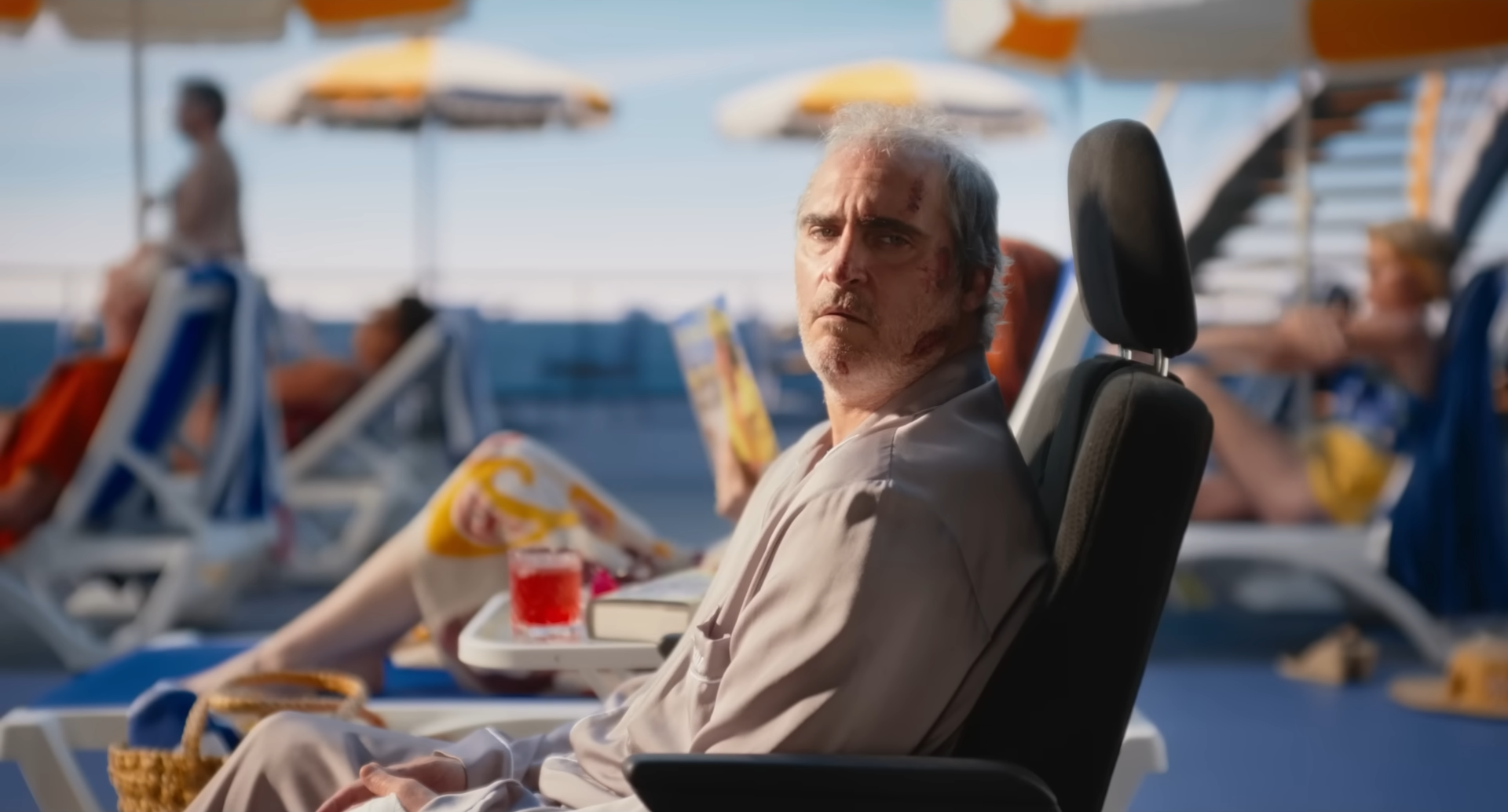
Beau is Afraid (2023)
Beneath the comic absurdity of Beau is Afraid’s existential nightmare, Ari Aster delineates a surreal path leading to the source of our self-destructive shame, turning one man’s trip to his mother’s house into an epic, psychological odyssey of Freudian terror and incredible formal invention.
-
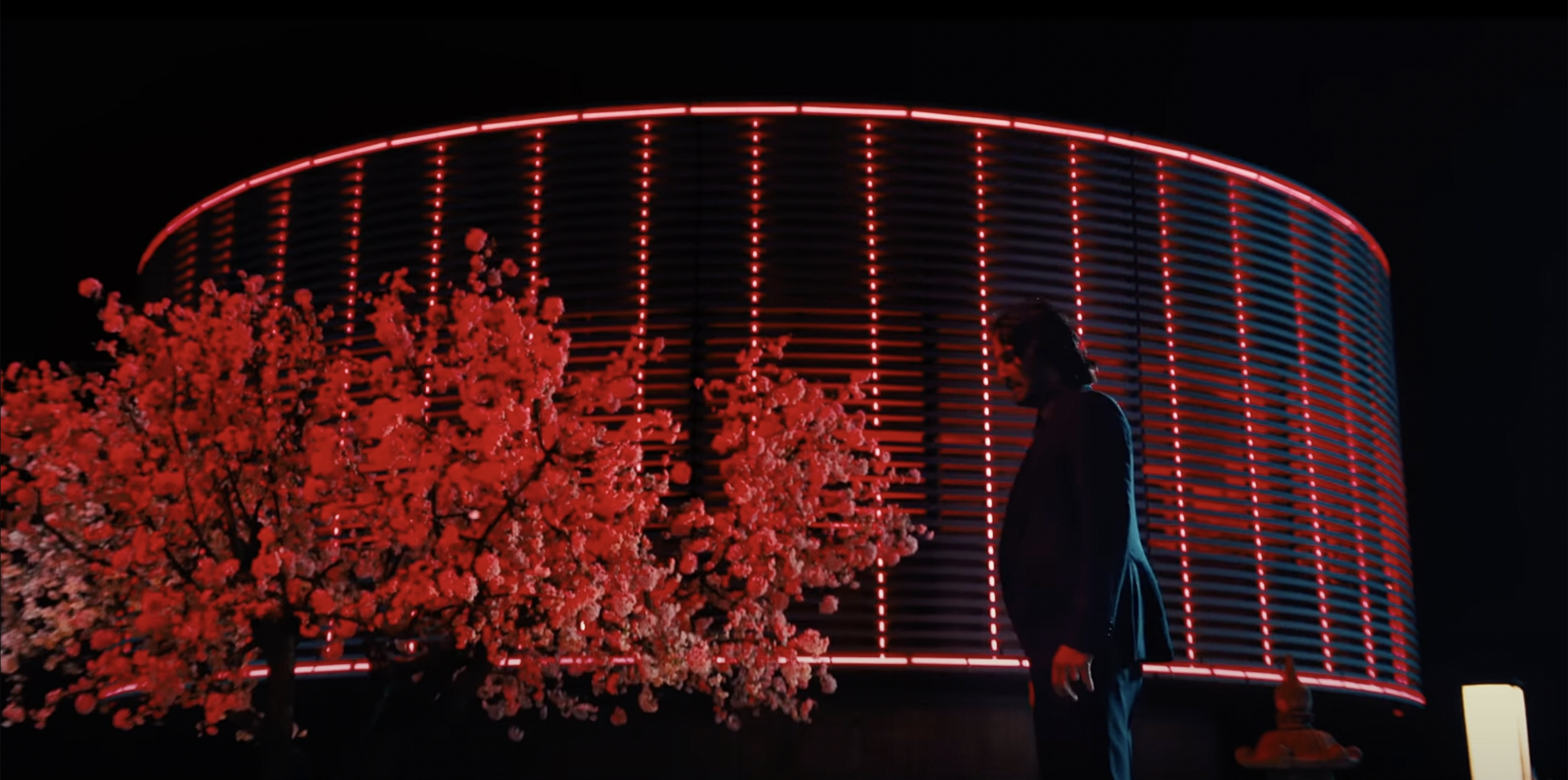
John Wick: Chapter 4 (2023)
With its staggering set pieces and consequential narrative stakes, John Wick: Chapter 4 ends this series on a majestic cinematic high, not just confirming Chad Stahelski’s well-earned position among our great modern action directors, but also his talents as a storyteller communicating through striking theological symbolism.
-
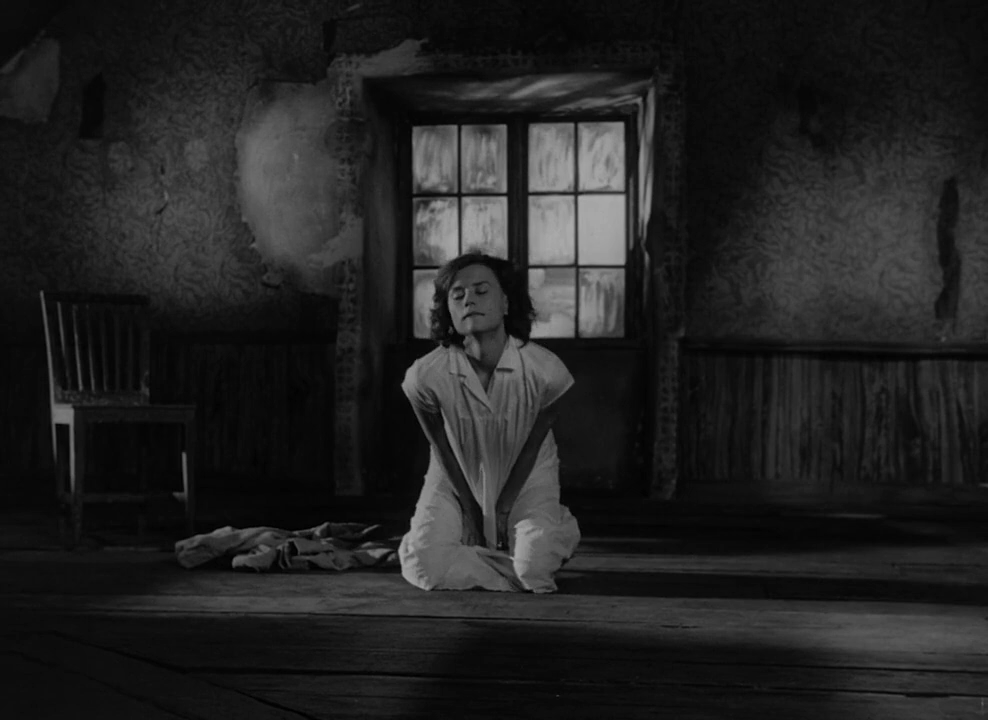
Through a Glass Darkly (1961)
Beneath Ingmar Bergman’s eloquently cutting dialogue in Through a Glass Darkly is a family struggling in the absence of spiritual guidance, magnified to an even greater extent by the isolation of the island where they are vacationing, and yet finding the chance for redemptive grace in the smallest demonstrations of love.
-
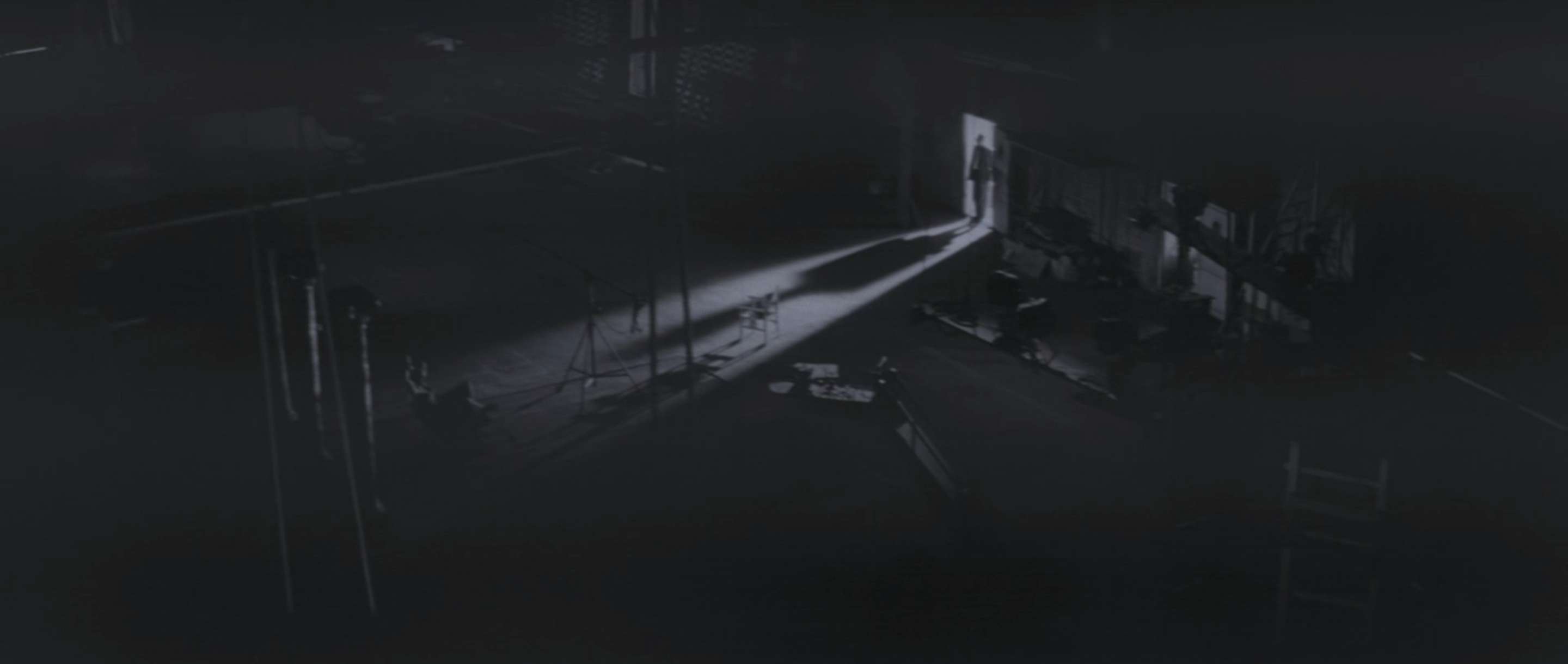
Kaagaz Ke Phool (1959)
There is certainly something poignantly poetic in the way Guru Dutt’s premature passing mirrors the ending of his final film, tracing the tragic fall of a once-famous filmmaker, but Kaagaz Ke Phool also captures the essence of an artistic imagination profuse with creative joy, lyrically reminiscing the love which inspired him to craft some of…
-
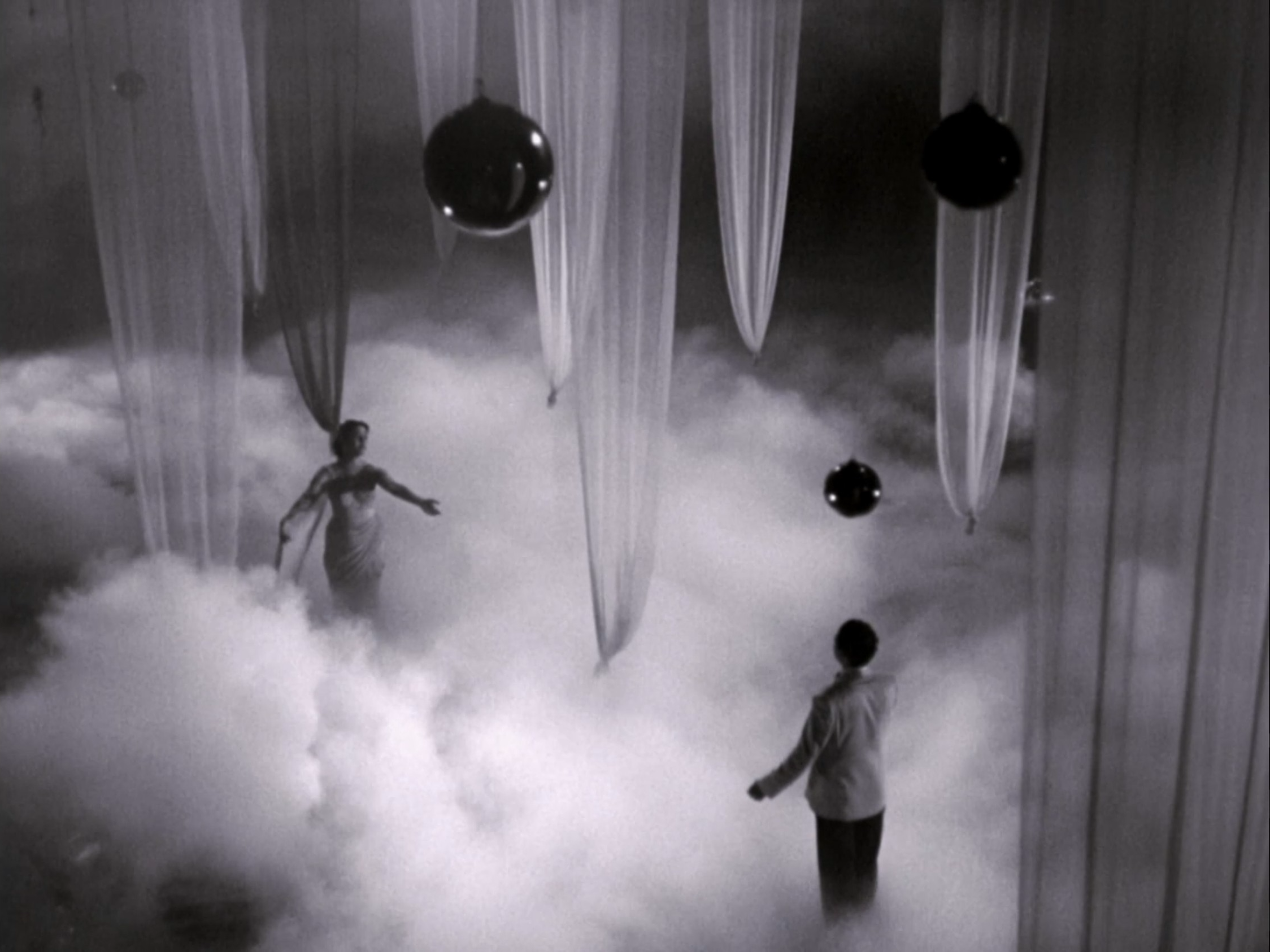
Pyaasa (1957)
Often cited as the peak of Bollywood’s Golden Age, Pyaasa flows with incredible joy, sensitive eloquence, and profound cynicism, adopting the passionate romanticism of the struggling Urdu poet at its centre with lyrical camerawork, and marking the musical epic as Guru Dutt’s crowning achievement.
-
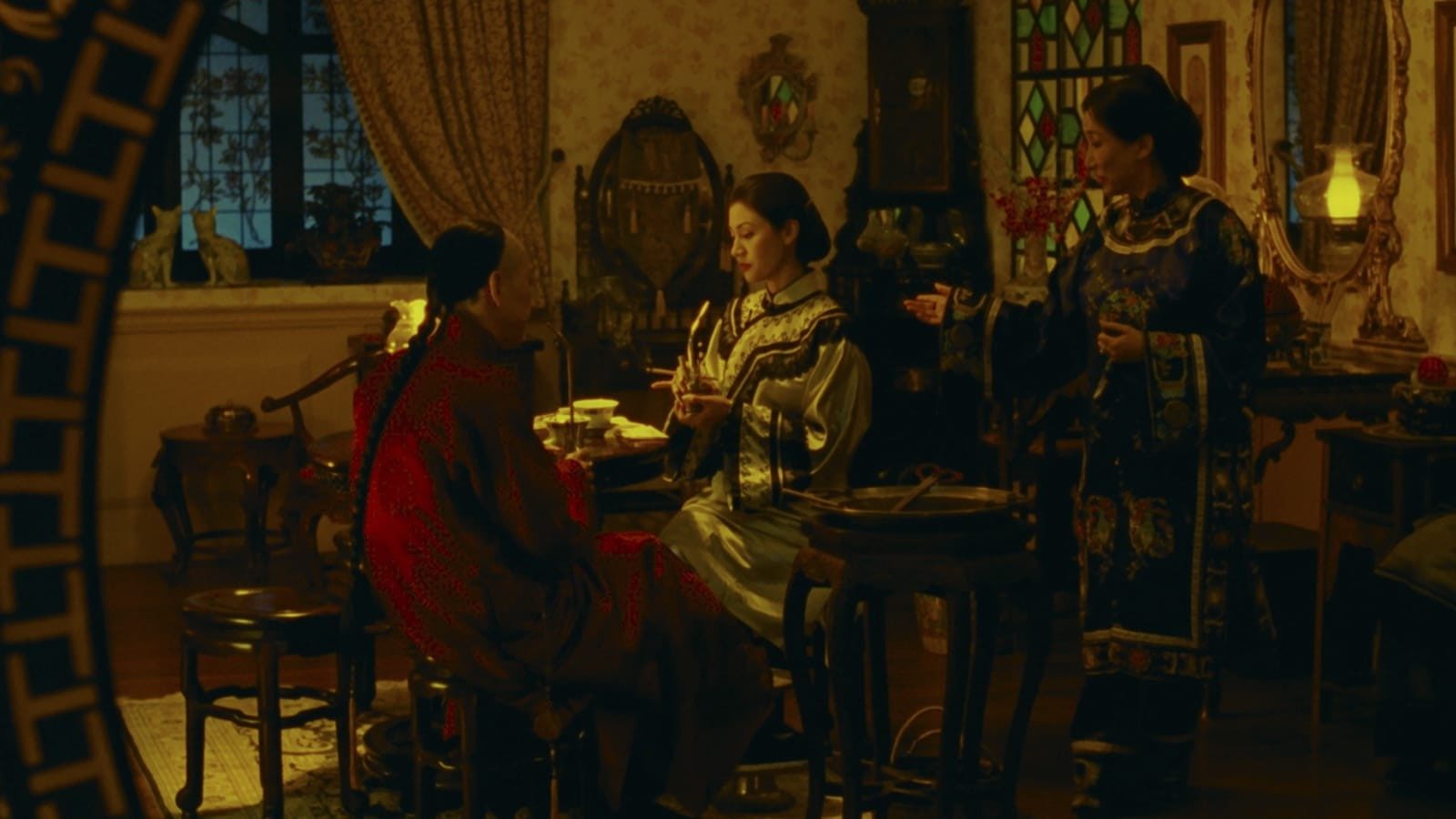
Flowers of Shanghai (1998)
Nineteenth century China has never felt so tangibly cinematic as it does in Flowers of Shanghai, examining the blurred boundaries that lie between sex and business in its most frequented pleasure houses, and positioning us through Hou Hsiao-hsien’s floating camera and elliptical structure as silent observers of its sharply gendered politics.
-
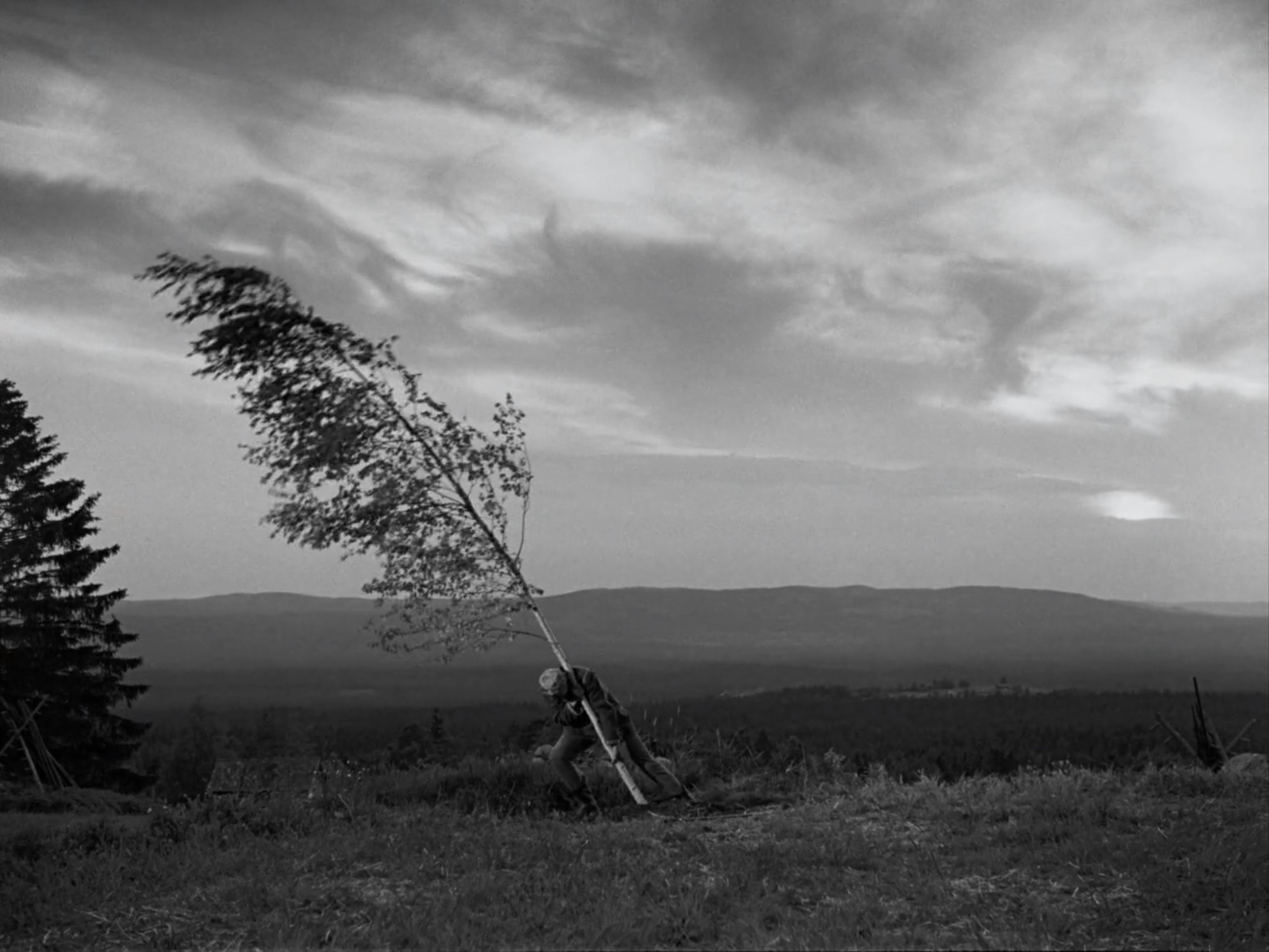
The Virgin Spring (1960)
Christian and pagan symbolism may be nothing new for Ingmar Bergman, but their manifestation in The Virgin Spring through such visceral violence is punishing even by his standards, thoughtfully considering in this parable of murder and revenge how virtue might survive our most guilty, godless instincts.
-
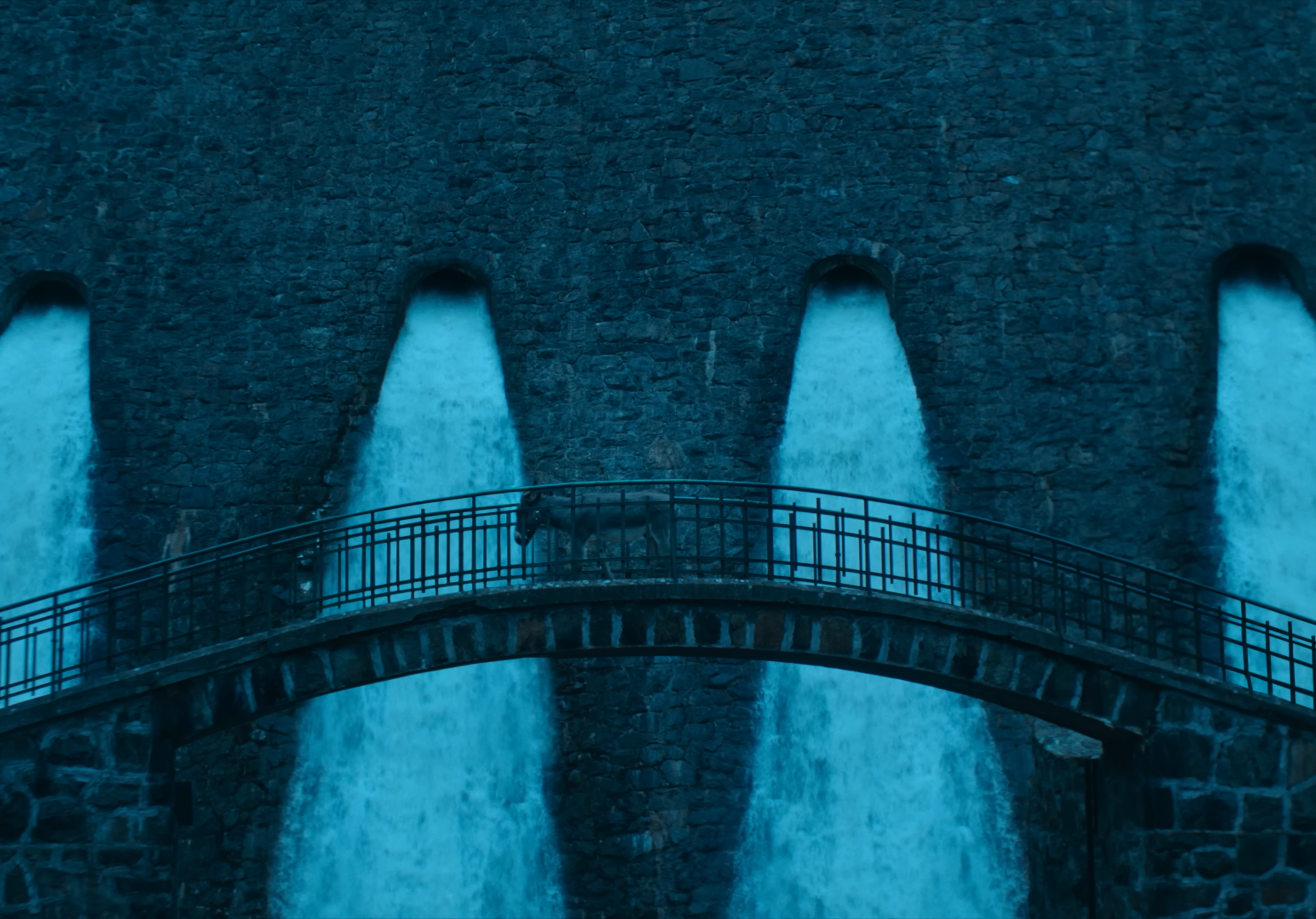
EO (2022)
Humanity has never looked as simultaneously kind and cruel as it does through the eyes of the world’s lowliest beast in EO, as Jerzy Skolimowski’s elliptical direction effortlessly drifts us along one donkey’s nomadic odyssey, unveiling profoundly graceful meditations on our most fundamental nature.
